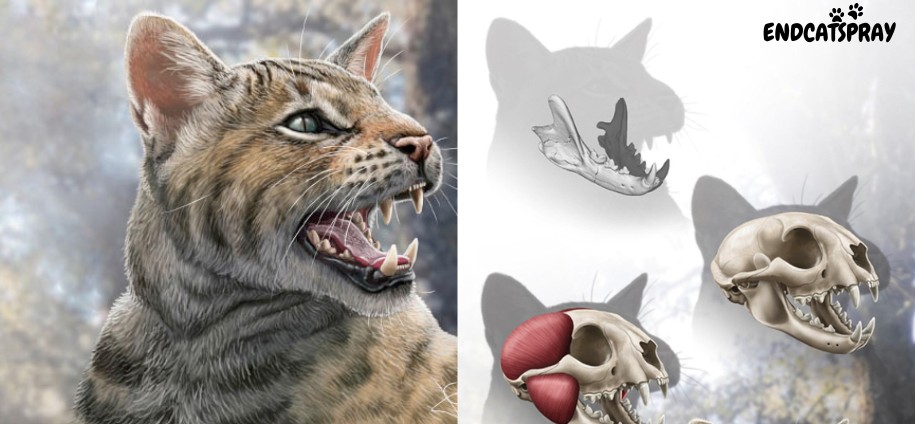A new prehistoric species of cat that lived in current Spain around 15.5 million years ago has been discovered by scientists, shedding more light on the wide range of cats during this phase. The name of that cat species is Magerifelis peignei. It belonged to a subdivision of small felines with predatory behavior like that of Iberian lynxes. This new species was discovered in Spain close to Madrid City at the Príncipe Pío-2 site.
Key Takeaways of cat species discovered in Spain
- Scientists have discovered a new prehistoric cat species in Spain.
- The name of that cat species is Magerifelis Peignei.
- The body mass of the cat species is around 7.61 Kg.
- The felines have a smaller lower canine and a smaller second lower molar tooth.
In addition, the species is the subcategory of a class comprising Pristifelis attica. Further, according to the author Dr. Manuel Salesa and his teammates from the Museo Nacional de Ciencias Naturales-CSIC, it is the living class of the genus Felis like Felis silvestris, Felis margarita, and Felis lybica, Lynx pardinus, and Profelis aurata.
Also, scientists identified them relying upon fossil remains excavated in 2007. Investigators unearthed these entirely reserved remains of all the teeth (except her incisors) as well as partial jaw bones of the prehistoric cat. The measured mass of the body of Magerifelis peignei is around 7.61 kilograms, which comes within the range of feminine individuals of Leptailurus serval, Lynx rufus, and Caracal caracal.
According to what researchers wrote in the Journal of Vertebrate Paleontology, which was issued last week:
“The species is undoubtedly in exceptional preservation state, having almost all the mandibular as well as dentition structures existing, that it comprises one of the most identified fossils of early cat till present.”
It is a medium-sized cat that lived around 15.5 million years in the Middle Miocene period and might have had a powerful bite while hunting. Despite the powerful bite, the muscles of the feline in control of the bite have extremely established insertion parts, showing relatively more significant muscle masses than other cats of the same size.
After investigators examined all the parts of this prehistoric cat’s lower jaw bones, they said that the feline would have preyed upon comparatively bigger prey as compared to those of recent cats.
Furthermore, researchers noticed that a few of the newly discovered feline’s distinct features compared to other cats of its time are comparatively smaller lower canines and m2 and a smaller second lower molar tooth.
Talking about current-day cats, scientists say that the presence of a second lower molar tooth has been only detected in the Eurasian lynx found across Central, Eastern, and Northern Europe to Central Asia, Siberia, the Himalayas, as well as the Tibetan Plateau.
Several carnivores also inhabited the region, including giant bears, mustelids (a diverse family of carnivorous mammals including weasels, badgers, and otters), and small cats.
References:
https://phys.org/news/2024-01-species-ancient-feline-spain.
https://www.newsweek.com/new-species-prehistoric-cat-discovered-powerful-bite-paleontology-1865029










